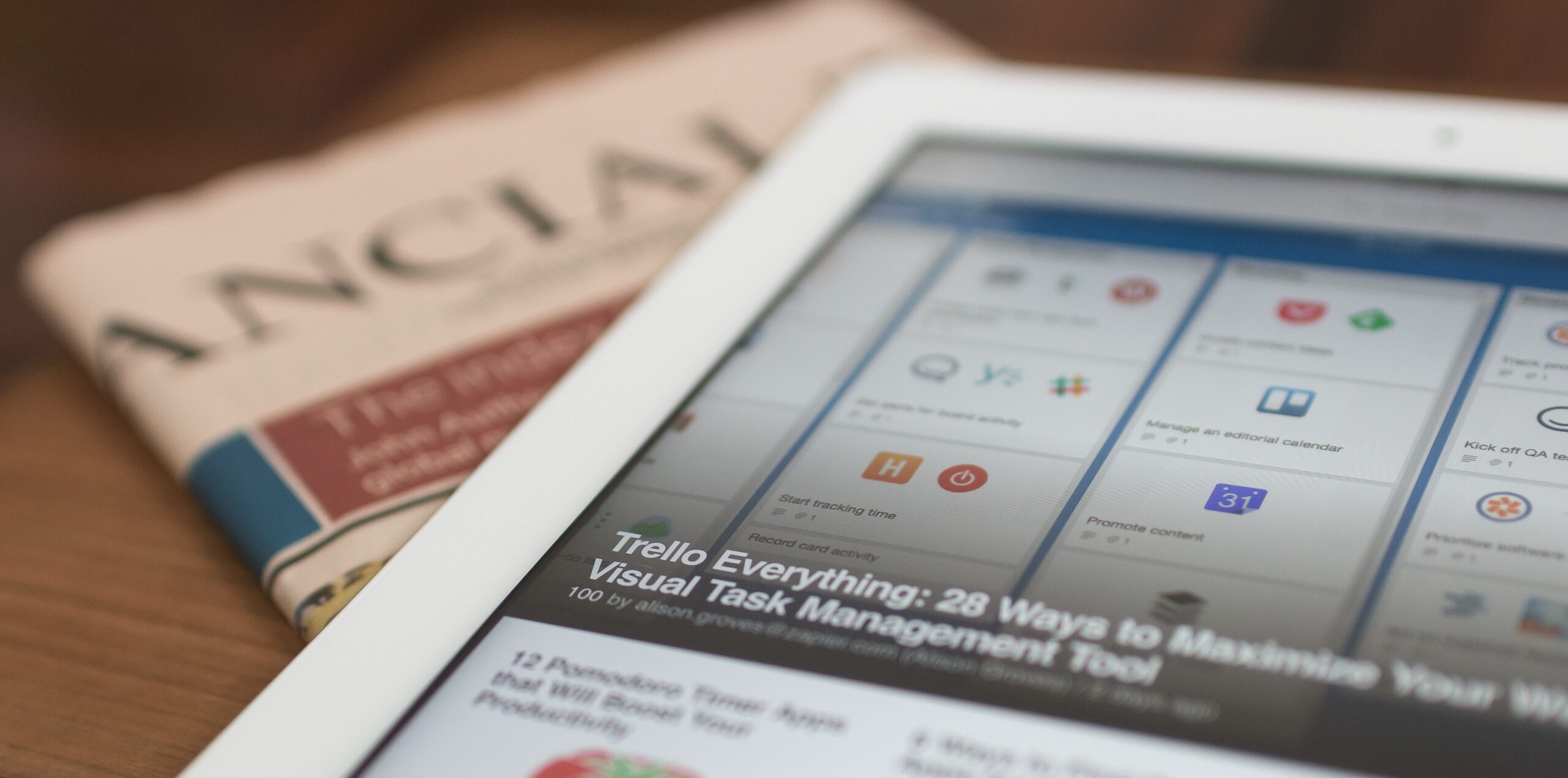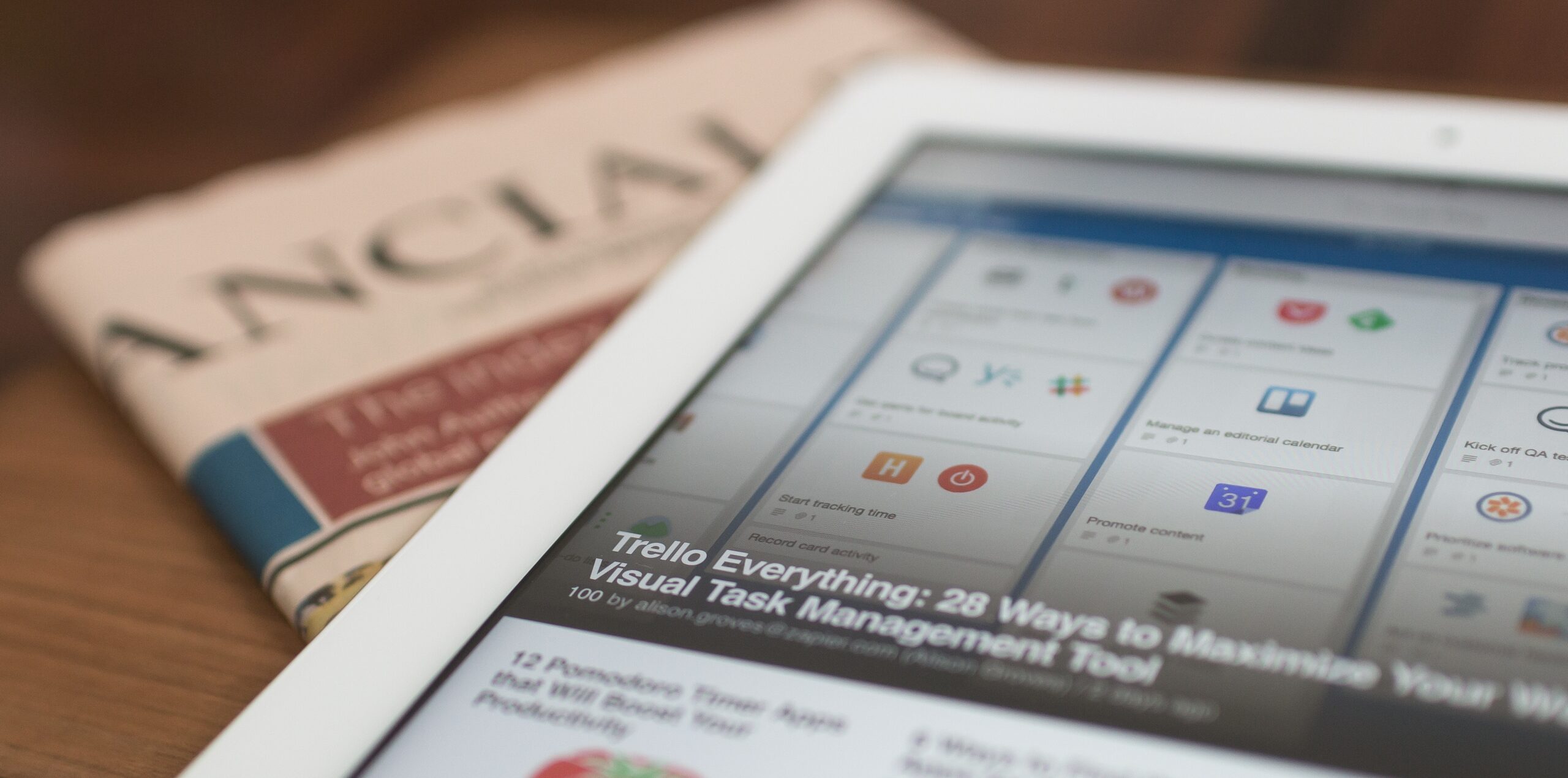Imagine a world where buying and selling digital assets is not only secure but seamless. Where you can trade cryptocurrencies effortlessly with the click of a button, knowing that your transactions are protected. Well, say hello to Probit, the ultimate digital asset exchange platform that is changing the game. With Probit, you can now enter the exciting world of cryptocurrencies with confidence, while enjoying a seamless trading experience that puts your security and convenience at the forefront. Discover why Probit is the go-to platform for cryptocurrency enthusiasts and investors alike.
Probit

Definition
Probit refers to a statistical model commonly used in econometrics to analyze binary or categorical data. It is a regression model that relates a binary or categorical dependent variable to one or more independent variables, which can be either continuous or discrete. The key feature of the probit model is that it assumes the dependent variable has a binary outcome, typically represented as 0 or 1. The model estimates the probability or likelihood of the dependent variable taking the value of 1, given the values of the independent variables.
Key Features
The probit model has several key features that make it a powerful tool in statistical analysis. First, it assumes that the relationship between the independent variables and the dependent variable is nonlinear, specifically following a cumulative distribution function called the standard normal distribution. This means that as the values of the independent variables change, the probability of the dependent variable taking the value of 1 also changes. Second, the probit model estimates the parameters of the model using maximum likelihood estimation, which ensures that the estimated probabilities are as close to the observed data as possible. Lastly, the probit model allows for the inclusion of both continuous and discrete independent variables, making it a versatile tool for analyzing a wide range of data.
Applications
The probit model finds applications in various fields, including economics, finance, marketing, psychology, and public health. In economics, it is commonly used to analyze the determinants of labor force participation, such as age, education, and income. In finance, the probit model is often used to predict the likelihood of default or bankruptcy for firms. In marketing, it can be used to assess consumer behavior and predict the probability of a purchase. In psychology, the probit model can help understand the risk factors for psychiatric disorders. In public health, it can be applied to study the determinants of disease prevalence or the effectiveness of interventions.
Advantages
One of the main advantages of the probit model is its ability to estimate the probabilities of a binary or categorical outcome. This is particularly useful when the focus of analysis is on understanding the likelihood of an event occurring rather than predicting its exact value. Another advantage is that the probit model allows for the inclusion of both continuous and discrete independent variables, making it flexible in handling different types of data. Additionally, the probit model provides a natural interpretation of the estimated coefficients, as they represent the change in the likelihood of the dependent variable taking the value of 1 for a one-unit change in the corresponding independent variable.

Limitations
While the probit model has many advantages, it also has some limitations to consider. One limitation is that it assumes a functional form for the relationship between the independent variables and the dependent variable, specifically following the standard normal distribution. This assumption may not hold in all cases, and alternative models, such as the logit model, may be more appropriate. Additionally, the probit model assumes that the observations are independent of each other, which means that the model may not be suitable for analyzing time series or panel data. Lastly, the probit model may suffer from multicollinearity if the independent variables are highly correlated, leading to unstable and unreliable coefficient estimates.
Probit Model Estimation
Estimating a probit model involves finding the best-fitting parameters that maximize the likelihood of the observed data. This is typically done using maximum likelihood estimation, which involves finding the values of the parameters that maximize the probability of observing the data. The probit model estimation algorithm calculates the probabilities of observing each outcome given the values of the independent variables and the estimated parameters. The algorithm then adjusts the parameter estimates based on the discrepancies between the observed outcomes and the predicted probabilities, iteratively improving the fit of the model.

Interpretation of Probit Model Coefficients
The estimated coefficients in a probit model have a straightforward interpretation. For a binary independent variable, the coefficient represents the change in the probability of the dependent variable taking the value of 1 for a one-unit change in the independent variable. For a continuous independent variable, the coefficient represents the change in the probability of the dependent variable taking the value of 1 for a one-unit change in the independent variable holding all other variables constant. The sign of the coefficient indicates the direction of the relationship, while the magnitude reflects the strength of the relationship.
Comparison with Other Models
The probit model is often compared to the logit model, as both are commonly used for binary or categorical outcomes. While the two models have similar objectives, they differ in terms of the assumed functional form and interpretation of the coefficients. The probit model assumes a standard normal distribution for the relationship between the independent variables and the dependent variable, while the logit model assumes a logistic distribution. The coefficients in the probit model represent changes in probabilities, while the coefficients in the logit model represent changes in odds.
Examples of Probit Models
To illustrate the application of the probit model, consider an example in public health where the objective is to understand the determinants of smoking behavior. The dependent variable is whether an individual is a smoker or a non-smoker, while the independent variables include age, gender, income, and education level. The probit model estimates the probabilities of being a smoker based on the values of these independent variables. The coefficients can then be interpreted to understand the impact of each independent variable on the likelihood of being a smoker.
Conclusion
Probit models are a valuable tool in statistical analysis, particularly for analyzing binary or categorical outcomes. They allow for the estimation of probabilities and provide a natural interpretation of the coefficients. With their ability to handle both continuous and discrete independent variables, probit models find applications in various fields. However, it is important to be aware of the assumptions, limitations, and possible alternatives when considering the use of the probit model. By understanding the key features, advantages, and limitations of the probit model, researchers and analysts can make informed decisions about when and how to apply it in their analysis.

